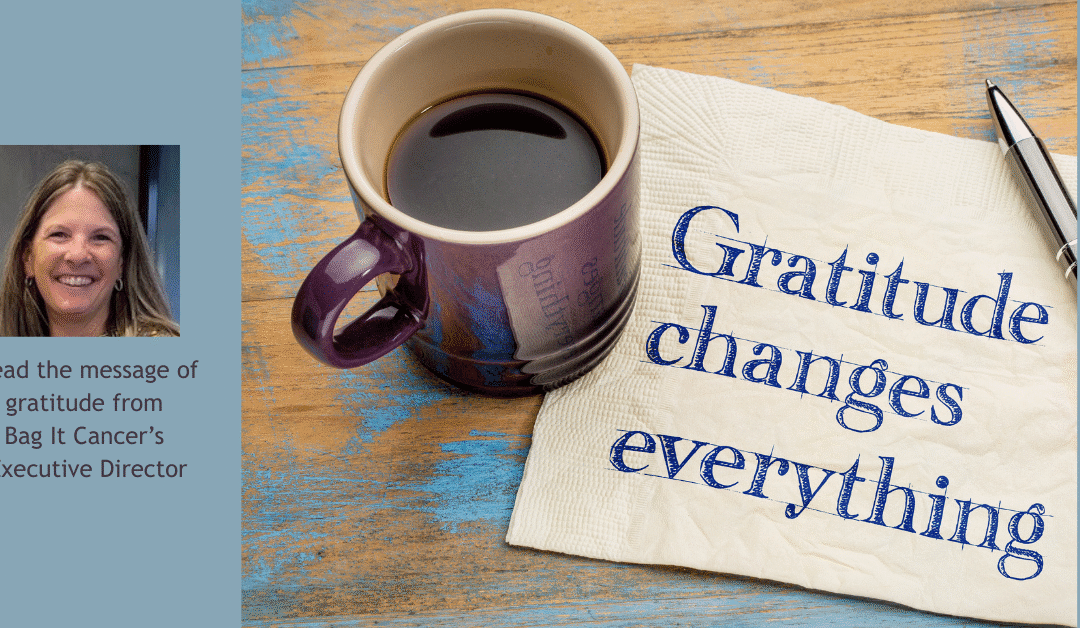
by Bag It Team | Dec 8, 2025 | Educational Articles
By Mindy Griffith, Executive Director
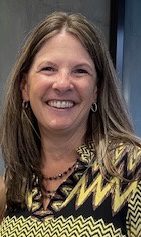 As this year comes to a close, I find myself thinking about the many hands that have held a Bag It Bag, the conversations sparked by our resources, and the moments when someone realizes they are not facing cancer alone. Those stories stay with me. They remind me why this work matters—and how grateful I am for this community.
As this year comes to a close, I find myself thinking about the many hands that have held a Bag It Bag, the conversations sparked by our resources, and the moments when someone realizes they are not facing cancer alone. Those stories stay with me. They remind me why this work matters—and how grateful I am for this community.
In 2025, we reached more patients and caregivers than ever before, strengthened our relationships with healthcare providers, expanded our offerings with new cancer-specific bags to better meet the diverse needs of those navigating a diagnosis. Each step forward has been made possible because so many of you believe in the importance of empowering people with knowledge, support, and guidance during one of the hardest times in their lives. We truly couldn’t do this without you.
As you look ahead to the new year, we hope you’ll keep Bag It in mind. If someone in your life is facing a new cancer diagnosis—or if you want these resources for yourself—you can order a bag directly from us. And if you’re considering a year-end gift, your support helps ensure we can continue providing these tools to those who need them most. Monthly gifts, no matter the size, make a steady and meaningful impact all year long.
Thank you for being part of the Bag It community and for helping create moments of comfort, clarity, and hope. We look forward to all we can accomplish together in 2026.
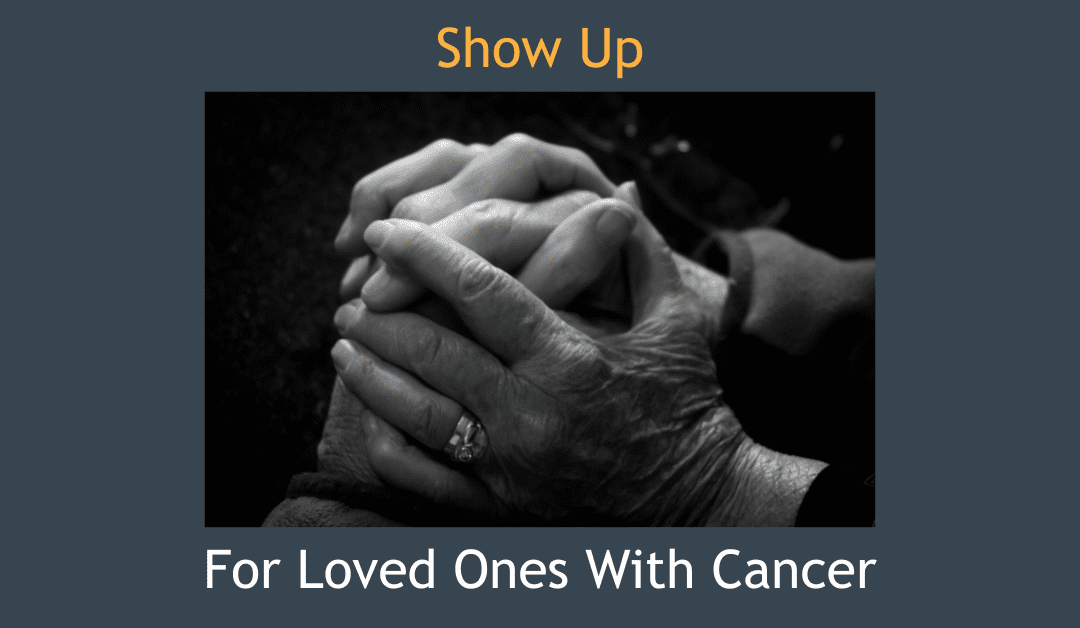
by Bag It Team | Nov 10, 2025 | Educational Articles
By Kerri Reeves, LMSW, Oncology Support Services Manager, Oncology Social Worker , TMC Health Cancer Center
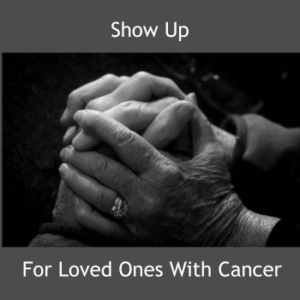 Cancer. It’s a word that can shake the foundation of a person’s world—whether it’s your own diagnosis or that of someone you love. The emotional weight is immense, and the journey ahead can feel uncertain and overwhelming. But one of the most powerful ways we can help is simple: we show up.
Cancer. It’s a word that can shake the foundation of a person’s world—whether it’s your own diagnosis or that of someone you love. The emotional weight is immense, and the journey ahead can feel uncertain and overwhelming. But one of the most powerful ways we can help is simple: we show up.
Research by Evans Webb and colleagues (2021) highlights that cancer patients who receive consistent support from family and friends experience better emotional well-being, are more likely to follow treatment plans, and often have more favorable outcomes. Support matters. And showing up—physically, emotionally, and practically—can make all the difference.
Loved ones respond to a cancer diagnosis in many ways. Some are afraid—afraid of saying the wrong thing, afraid of the disease itself, afraid of the possibility of loss. That fear can lead to distance. Others may respond with overwhelming attention, reaching out constantly in ways that can feel smothering. And some may fade over time, as the initial shock wears off, and life pulls them in other directions.
So how do we support someone with cancer in a meaningful, balanced way?
We show up.
Showing up means being present. It means continuing to be part of their life—not just in the beginning, but throughout the journey. It can be as simple as offering to attend medical appointments and take notes, helping them remember what the doctor said. It might mean driving them to treatments or just sitting beside them in the waiting room.
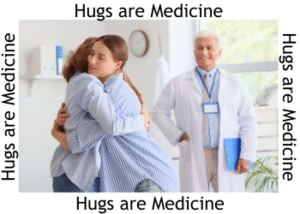 Showing up also means keeping life going. Talk to them about your day, share funny stories, laugh about your kids or grandkids—just like you always did. These moments of normalcy can be grounding and comforting.
Showing up also means keeping life going. Talk to them about your day, share funny stories, laugh about your kids or grandkids—just like you always did. These moments of normalcy can be grounding and comforting.
Practical help is another powerful form of support. Cook a meal. Organize a meal train. Help with chores like cleaning, taking out the trash, raking leaves, or walking the dog. These small acts of kindness can ease the burden and remind them they’re not alone.
And don’t stop showing up.
It’s okay to feel scared. It’s okay to feel overwhelmed. Supporting someone through cancer is emotionally taxing, and you may find yourself struggling too. If that happens, ask: who can show up for you?
Oncology social workers are trained to support not only patients but also their loved ones. You’re going through this too, and your feelings are valid. Whether you’re angry, in denial, sad, or even happy—it’s all part of the process. If you find yourself stuck in one of the darker places, it’s time to reach out for help.
Showing up is powerful. It’s healing. It’s human. And it’s something we can all do.
Here are some helpful resources that will guide you in your support journey.
- 16 Ways to Support Someone with Cancer
- Being a Friend to Someone with Cancer
- Appointment buddy or meal planner? 4 ways to support a friend with cancer
- How to Show Up When Your Friend Has Breast Cancer
Reference: Evans Webb, M., Murray, E., Younger, Z. W., Goodfellow, H., & Ross, J. (2021). The Supportive Care Needs of Cancer Patients: a Systematic Review. Journal of cancer education : the official journal of the American Association for Cancer Education, 36(5), 899–908. https://doi.org/10.1007/s13187-020-01941-9

by Bag It Team | Oct 8, 2025 | Educational Articles
By Ben Katsel, Associate Wealth Advisor at Mariner
A serious medical diagnosis can change life quickly—not just emotionally and physically but financially too. Amid new appointments, treatment plans and shifting priorities, it’s easy to push financial decisions aside. Yet creating a plan for times of change may help provide stability, clarity and peace of mind.
It’s helpful to understand the difference between financial advice and financial planning. Advice often focuses on answering specific questions, such as how to invest or where to save. Financial planning is broader: it’s an ongoing process of aligning your financial resources with your goals, values and needs. It considers your entire financial picture and is designed to help you make confident decisions, even when life feels uncertain.
Here are three foundational steps to help you begin:
Understand Your Current Financial Picture
Start by organizing what you have and what you owe. Review your income and expenses, including any new medical costs or changes to work. Identify your savings and emergency funds, ideally enough to cover several months of essential expenses, and list any debts and their terms. Finally, understand your insurance coverages—health, disability, and life—and how they might support you now.
This snapshot becomes the foundation for any future planning. It shows where you stand today and where adjustments may be needed.
Prioritize Flexibility Over Perfection
In uncertain times, financial plans should adapt. That might mean revisiting your budget to address new expenses or using tools like Health Savings Accounts (HSAs) or Flexible Spending Accounts (FSAs) for medical costs. Explore benefits such as short-term disability or Family and Medical Leave (FMLA) if income is affected.
The goal is progress, not perfection. A flexible plan that evolves with your situation is far more valuable than one that tries to predict everything in advance.
Balance Today’s Needs with Tomorrow’s Goals
Immediate concerns deserve focus, but small steps toward the future matter too. Consider reviewing beneficiary designations, updating estate documents and continuing to save for the long term, even if contributions are smaller for now. These actions are meant to help protect your future choices and keep your plan aligned with your goals.
Final Thought
Financial planning is a process designed to help create stability and confidence; it is not just about managing money. By taking small, intentional steps now, you can focus on building a plan that supports you and your loved ones through whatever comes next.
For additional guidance, the CFP Board’s overview of the financial planning process provides an excellent starting point. FINRA also provides helpful strategies for preparing for and navigating financial hardship, and the National Cancer Institute outlines track and manage cancer-related costs.
This article is for informational and educational purposes only and should not be construed as personalized advice. Financial planning cannot eliminate risk or uncertainty, and outcomes may vary based on individual circumstances. For additional information visit mariner.com.

by Bag It Team | Sep 5, 2025 | Educational Articles
 September 21 marks Take a Loved One to the Doctor Day—a national reminder that good health isn’t just a personal responsibility; it’s an important way we can support each other.
September 21 marks Take a Loved One to the Doctor Day—a national reminder that good health isn’t just a personal responsibility; it’s an important way we can support each other.
Whether it’s a parent, spouse, sibling, neighbor or friend, many people put off important medical appointments for reasons ranging from busy schedules to fear of bad news. But preventive care and regular checkups are essential for catching health issues early, managing ongoing conditions, and maintaining overall well-being.
Why This Day Matters
- Early Detection Saves Lives–Many serious health conditions, like cancer, diabetes, and heart disease, have better outcomes when detected early. More about early detection.
- Breaking Down Barriers–Some loved ones may face language, transportation, or cultural barriers to accessing healthcare. Your presence can help bridge those gaps.
- Emotional Support Counts–Going to a doctor’s appointment can feel intimidating. Having someone by your side can ease anxiety and encourage open conversations with healthcare providers.
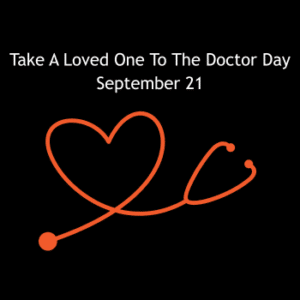 How You Can Participate
How You Can Participate
- Make an Appointment Together–Schedule a checkup for yourself and your loved one on or around September 21.
- Offer a Ride or Company–Even if you’re not the patient, being there for support can make a big difference.
- Help with Questions–Encourage your loved one to write down concerns or symptoms ahead of time so they get the answers they need.
- Celebrate the Step – After the appointment, enjoy a meal or activity together to mark the positive choice.
The Bottom Line
Good health is a gift we can help each other protect. This September 21 (or any day of the year), take the opportunity to show you care—by making sure someone you love gets the care they need. Sometimes, the best way to say “I love you” is with a ride to the doctor.
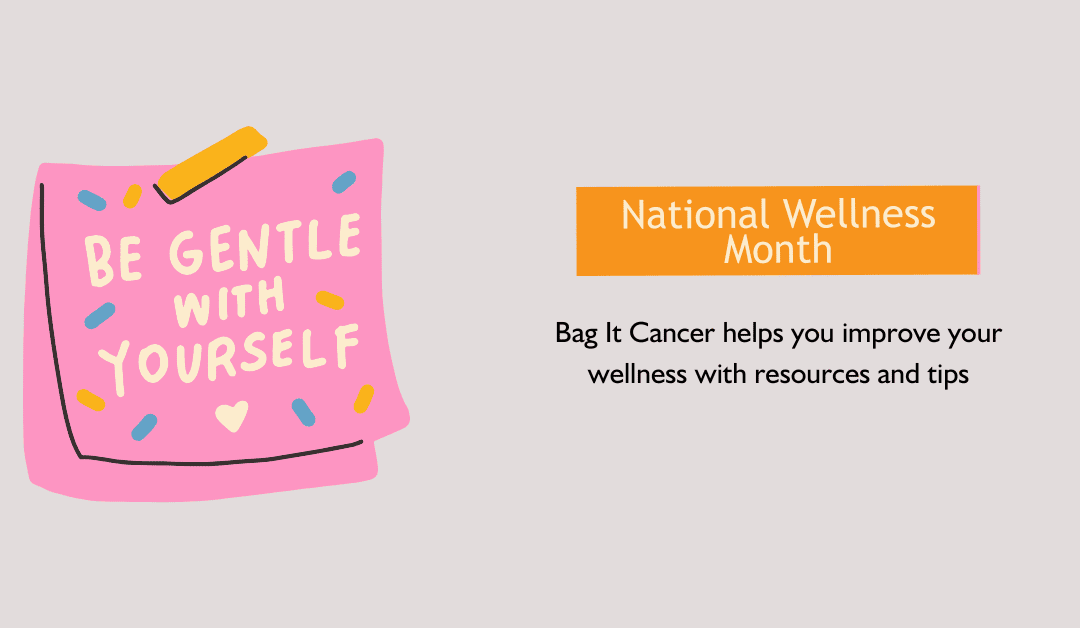
by Bag It Team | Aug 5, 2025 | Educational Articles
August is National Wellness Month—Explore how Bag It Cancer helps nurture physical, emotional, and informational well-being on your cancer journey.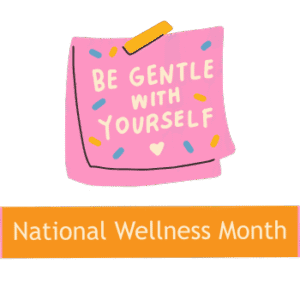
Navigating a cancer diagnosis or supporting a loved one through theirs can bring a whirlwind of emotions, decisions, and challenges. That’s why National Wellness Month is such an important time to pause, reflect, and reconnect with the things that support your overall well-being—not just physically, but emotionally and mentally too.
At Bag It Cancer, we believe that wellness isn’t one-size-fits-all. It’s not about perfection or pressure—it’s about feeling empowered, informed, and supported, no matter where you are in your journey. Whether you’re newly diagnosed, a long-time survivor, or a caregiver walking alongside someone you love, small steps toward wellness can make a meaningful difference.
Empowering Through Information
One of the most powerful ways we support wellness is by putting trusted, understandable information directly into your hands. The Bag It resource bag includes tools to help you stay organized, learn more about your diagnosis, keep track of important documents, and feel more in control of what’s ahead. When people understand their options and feel confident asking questions, they often feel less overwhelmed and more engaged in their own care.
Emotional Wellness Matters
We also know that wellness includes how you’re feeling—mentally and emotionally. That’s why our materials include space to journal your thoughts, track how you’re doing day-to-day, and write down questions or reflections. These small actions can bring clarity and comfort during times of uncertainty. You don’t have to have all the answers—you just need space to process and tools that support your journey.
Caregiver Support Is Wellness, Too
If you’re a caregiver, your wellness matters just as much. It’s easy to focus all your energy on your loved one, but taking moments to care for yourself helps you stay grounded and connected. Bag It includes resources designed just for caregivers, offering guidance, encouragement, and ways to feel supported in your role.
4 Simple Ways to Focus on Wellness This Month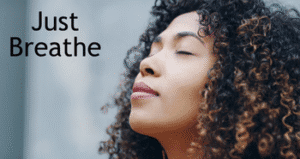
1.Step outside and enjoy a moment of fresh air
2.Journal three things you’re grateful for
3.Take a few deep breaths with intention
4.Revisit your Bag It materials for insight and clarity
Wellness Resources
Cancer wellness resources encompass a wide range of support and information for individuals and their families affected by cancer. These are just a few of the available resources offering emotional support, financial assistance, information about treatment options, and access to support groups and more.
American Cancer Society Wellness Resources
National Institutes of Health Emotional Toolkit
Explore the Bag It Cancer Resource Center for additional trusted, accessible support.
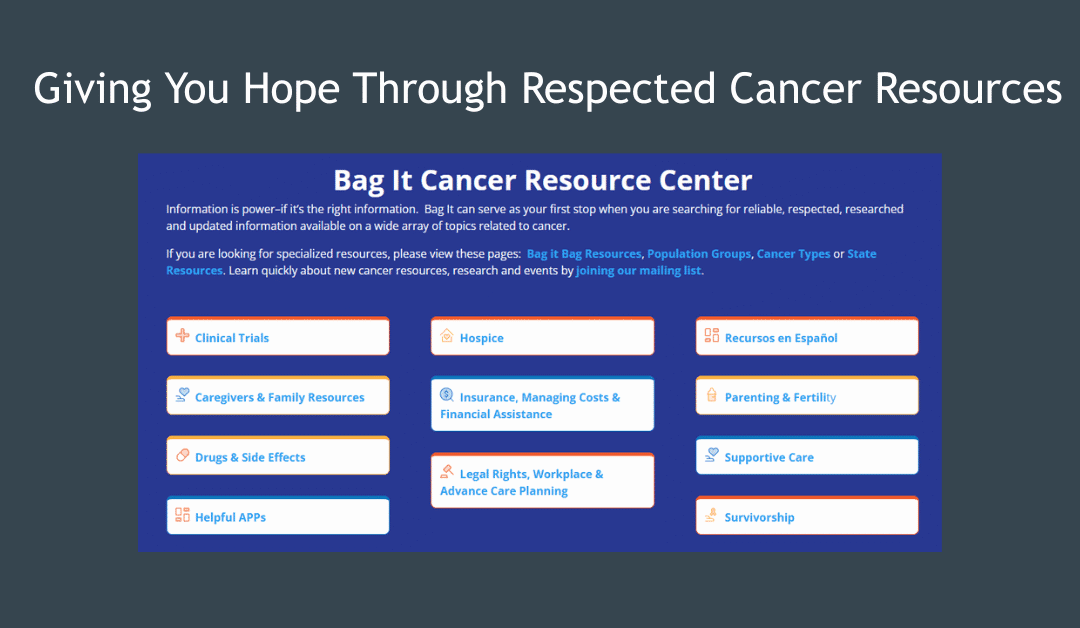
by Bag It Team | Jul 7, 2025 | Educational Articles
Explore the Bag It Cancer Resource Page
 Navigating a cancer diagnosis—whether it’s your own or a loved one’s—can feel overwhelming. That’s why Bag It Cancer is committed to making the journey a little easier with trustworthy, accessible resources all in one place.
Navigating a cancer diagnosis—whether it’s your own or a loved one’s—can feel overwhelming. That’s why Bag It Cancer is committed to making the journey a little easier with trustworthy, accessible resources all in one place.
The Bag It Cancer Resource Center is thoughtfully curated to support patients, caregivers, and healthcare providers at every stage. Whether you’re looking for guidance on supportive care, emotional support, survivorship, caregiver tools, or community connections, you’ll find credible organizations and up-to-date information right at your fingertips.
This free, easy-to-navigate hub includes links to national resources across a range of topics—financial help, clinical trials, mental health, and more. It’s an extension of the support offered through our Bag It Bags, helping you stay informed and empowered beyond the doctor’s office.
We encourage you to visit our Resource Center and share it with anyone who may benefit. At Bag It, we believe that information is power—and hope.

 As this year comes to a close, I find myself thinking about the many hands that have held a Bag It Bag, the conversations sparked by our resources, and the moments when someone realizes they are not facing cancer alone. Those stories stay with me. They remind me why this work matters—and how grateful I am for this community.
As this year comes to a close, I find myself thinking about the many hands that have held a Bag It Bag, the conversations sparked by our resources, and the moments when someone realizes they are not facing cancer alone. Those stories stay with me. They remind me why this work matters—and how grateful I am for this community.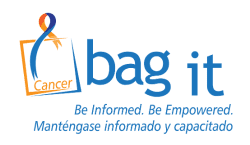

 Cancer. It’s a word that can shake the foundation of a person’s world—whether it’s your own diagnosis or that of someone you love. The emotional weight is immense, and the journey ahead can feel uncertain and overwhelming. But one of the most powerful ways we can help is simple: we show up.
Cancer. It’s a word that can shake the foundation of a person’s world—whether it’s your own diagnosis or that of someone you love. The emotional weight is immense, and the journey ahead can feel uncertain and overwhelming. But one of the most powerful ways we can help is simple: we show up. Showing up also means keeping life going. Talk to them about your day, share funny stories, laugh about your kids or grandkids—just like you always did. These moments of normalcy can be grounding and comforting.
Showing up also means keeping life going. Talk to them about your day, share funny stories, laugh about your kids or grandkids—just like you always did. These moments of normalcy can be grounding and comforting.

 September 21 marks Take a Loved One to the Doctor Day—a national reminder that good health isn’t just a personal responsibility; it’s an important way we can support each other.
September 21 marks Take a Loved One to the Doctor Day—a national reminder that good health isn’t just a personal responsibility; it’s an important way we can support each other. How You Can Participate
How You Can Participate



 Navigating a cancer diagnosis—whether it’s your own or a loved one’s—can feel overwhelming. That’s why Bag It Cancer is committed to making the journey a little easier with trustworthy, accessible resources all in one place.
Navigating a cancer diagnosis—whether it’s your own or a loved one’s—can feel overwhelming. That’s why Bag It Cancer is committed to making the journey a little easier with trustworthy, accessible resources all in one place.
Recent Comments